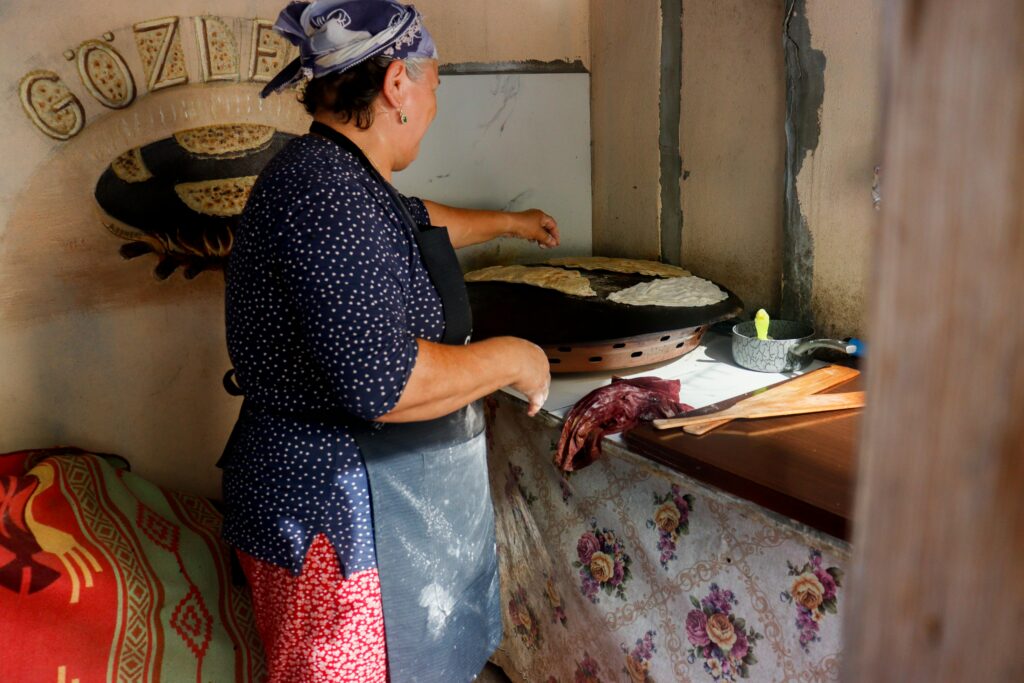Travel is about more than sightseeing—it’s about connection, discovery, and transformation. One of the most immersive and memorable ways to experience a new place is to step into a local kitchen, roll up your sleeves, and cook alongside the people who call that destination home. Cooking with locals isn’t just about learning new recipes; it’s a hands-on culinary adventure that brings you closer to the heart of a culture, its history, and its people. This guide explores why cooking with locals is a must for every traveler, the benefits of hands-on culinary experiences, and how to find, enjoy, and remember these unforgettable moments.
Why Cooking with Locals Is the Ultimate Travel Experience
Cooking with locals goes far beyond a typical restaurant meal or even a food tour. It’s about:
- Authentic cultural immersion: You’re welcomed into real homes or community kitchens, experiencing daily life firsthand.
- Learning traditional techniques: Discover the secrets behind cherished family recipes, cooking methods, and kitchen rituals.
- Building personal connections: Sharing a meal creates bonds that cross language and cultural barriers.
- Supporting local economies: Your participation helps small businesses, home cooks, and community initiatives thrive.
- Creating lasting memories: The act of cooking and eating together is a story you’ll cherish long after your trip ends.
The Benefits of Hands-On Culinary Experiences
1. Deeper Understanding of Food Culture
When you cook with locals, you don’t just taste a dish—you learn its origins, meaning, and place in local life. You see how ingredients are sourced, how flavors are balanced, and how food brings families and communities together.
2. Skill Building and Inspiration
From kneading dough for Italian pasta to mastering the art of rolling sushi, hands-on cooking gives you practical skills you can bring home. You’ll gain confidence in the kitchen and inspiration to recreate your favorite dishes.
3. Personal Connections and Stories
Cooking is a universal language. Even if you don’t share the same words, laughter, gestures, and the shared joy of preparing food create lasting friendships and memories.
4. Supporting Sustainable and Responsible Tourism
Many local cooking experiences use seasonal, locally sourced ingredients and support small-scale producers. Your participation helps keep culinary traditions alive and ensures your travel dollars benefit the community directly.
What to Expect: Types of Local Cooking Experiences
Home Cooking Classes
Join a local family in their home to prepare and share a traditional meal. This intimate setting allows for conversation, storytelling, and a glimpse into daily life.
Market-to-Table Experiences
Start with a visit to a local market, where you’ll learn to select fresh ingredients, meet producers, and discover new flavors. Then, head to the kitchen to cook and enjoy your finds.
Community and Village Workshops
In rural or indigenous communities, group cooking classes often include lessons on ancient techniques, such as grinding spices, baking bread in clay ovens, or preparing communal feasts.
Street Food and Vendor Tours
Some experiences pair hands-on cooking with street food exploration, teaching you to recreate popular snacks or festival treats.
Specialty Classes
Focus on a particular dish or technique—like making dumplings, cheese, chocolate, or pastries—with a passionate local expert.
Global Inspirations: Cooking with Locals Around the World
Italy: Pasta and Family Traditions
In Tuscany or Sicily, you might join a nonna (grandmother) to make pasta from scratch, learning the importance of fresh eggs, flour, and patience. Meals are often shared with the whole family, accompanied by stories of tradition and local wine.
Japan: Sushi, Ramen, and Seasonal Delicacies
Japanese cooking classes often begin with a market visit to select the freshest fish and vegetables. You’ll learn knife skills, rice preparation, and the art of presentation—essential in Japanese cuisine.
Morocco: Tagines and Spice Markets
Cooking with locals in Marrakech might start in a bustling souk, where you’ll choose spices, olives, and preserved lemons. In the kitchen, you’ll layer flavors in a traditional tagine and bake bread in a communal oven.
Mexico: Tortillas, Salsas, and Family Kitchens
Mexican cooking classes are lively affairs, often held in colorful home kitchens. You’ll grind corn for tortillas, roast chilies for salsa, and learn the secrets of mole or tamales.
Thailand: Street Food and Market Bounty
In Bangkok or Chiang Mai, local chefs guide you through vibrant markets before teaching you to balance sweet, sour, salty, and spicy in classic dishes like pad Thai, green curry, or mango sticky rice.
Ethiopia: Injera and Communal Feasting
Ethiopian cooking experiences teach you to ferment teff flour for injera (flatbread) and prepare spicy stews. Meals are eaten communally, reinforcing the importance of sharing and hospitality.
How to Find and Book Cooking Experiences with Locals
- Research online platforms: Look for reputable sites that connect travelers with local hosts, such as cooking class marketplaces or community tourism initiatives.
- Check reviews and ratings: Read feedback from other travelers to ensure authenticity and quality.
- Ask at your accommodation: Many hotels, hostels, and guesthouses have partnerships with local cooks or can recommend trusted experiences.
- Visit local tourism offices: They often have up-to-date information on classes and workshops.
- Join food tours: Some tours include a hands-on cooking component or can connect you with local chefs.
Tips for Making the Most of Your Culinary Experience
1. Be Open and Curious
Ask questions, try unfamiliar ingredients, and embrace new techniques. Cooking with locals is about learning, not perfection.
2. Participate Fully
Don’t just watch—get your hands dirty! Chop, stir, knead, and taste at every step.
3. Respect Local Customs
Follow your host’s lead on kitchen etiquette, hygiene, and mealtime rituals. If you have dietary restrictions, communicate them clearly in advance.
4. Document the Experience
Take photos, jot down recipes, and record stories. These memories will inspire you long after you return home.
5. Share and Stay Connected
Exchange contact information with your hosts and fellow participants. Share your own food traditions and keep in touch—you might even swap recipes in the future.
The Lasting Impact: Bringing Local Flavors Home
One of the greatest joys of cooking with locals is recreating those dishes at home. You’ll bring back more than souvenirs—you’ll carry new skills, recipes, and a deeper appreciation for global food culture.
- Host a themed dinner: Prepare the dishes you learned and share the stories with friends and family.
- Adapt recipes: Use local ingredients from your own region to give traditional dishes a new twist.
- Stay inspired: Follow your hosts or teachers on social media for ongoing culinary inspiration.
The Future of Culinary Travel: Why Hands-On Matters
As travel becomes more meaningful and responsible, hands-on culinary experiences are leading the way. They foster cultural exchange, support local economies, and help preserve food traditions in a rapidly changing world. Cooking with locals transforms you from a passive tourist into an active participant—someone who learns, connects, and gives back.
Final Thoughts: Savor the World, One Kitchen at a Time
Cooking with locals is more than a class—it’s a celebration of culture, connection, and creativity. Whether you’re kneading dough in a Tuscan farmhouse, grinding spices in a Moroccan souk, or rolling sushi in a Tokyo apartment, you’re not just learning recipes—you’re building bridges and making memories that last a lifetime. So on your next journey, seek out hands-on culinary experiences, savor every moment, and let the world’s kitchens transform the way you travel.


